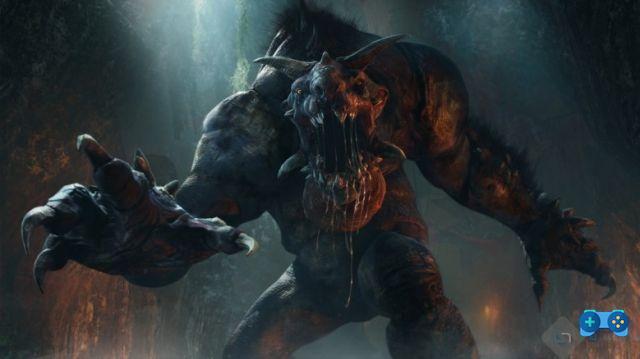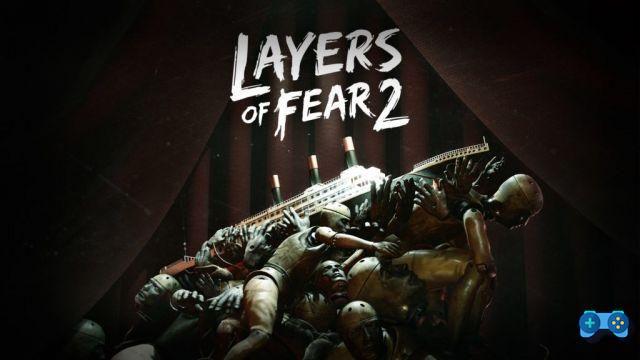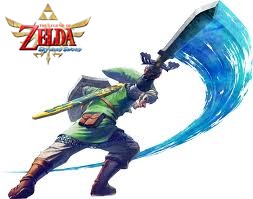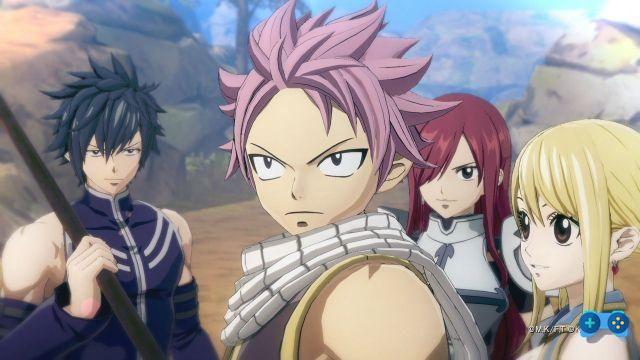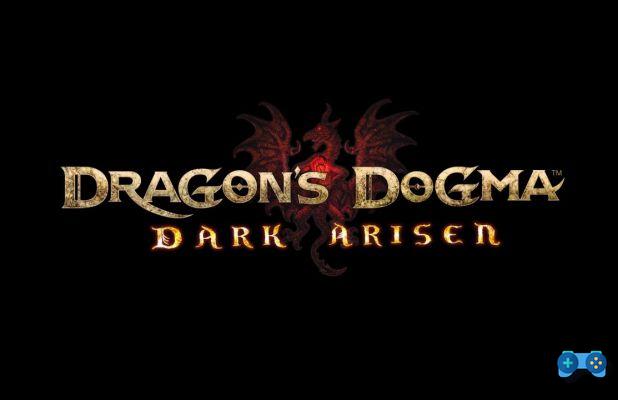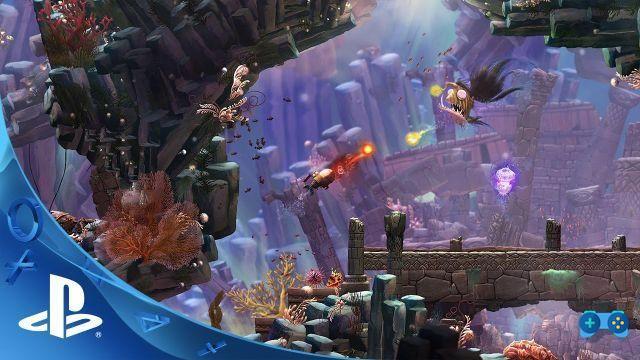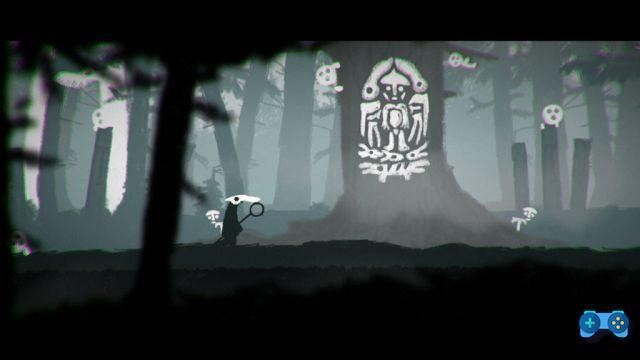Welcome back Kakarot!
Version tested: PlayStation 4.
Dragon Ball is a series that certainly needs no introduction. Its popularity transcends cultures, age groups and medias. As such, there has been no shortage of games dedicated to the celebrated franchise over the years. The latest title of Bandai Namco, Dragon Ball Z: Kakarot, it is a game that has a lot of familiarity, often, this familiarity is so strong that it makes Kakarot feel a little too similar to the chapters that came before, weighing down the overall experience. At the same time, however, he manages to “re-propose” the famous saga or rather the sagas that make up the eternal work of Toriyama in a fresh and at times interesting way.
"Dragon Ball Z: Kakarot offers a lot of things that are familiar and fresh at the same time."
But let's start from a fundamental point, the narration, wildly incoherent. Some of the biggest and most important turning points in history are shown through brilliantly animated scenes, exaggerated and flashy, and it is in these moments that Dragon Ball Z: Kakarot manages to do justice to the endless available material it draws from. Backed by beautiful aesthetics and strong and vibrant stylistic choices, the cutscenes, as well as the fights, can be proudly defined as true narrative and gameplay “hits”.
However, much of the game's story is delegated to a very sloppy narrative, accompanied by odd dialogue choices, poor lip sync, writing not of the highest standard, and interludes that aren't always represented at their best, confirming some hasty and unkempt. Combined with the fan-service nature, the narrative sector of the game limps and not a little, even if the most loyal fan will find certain choices valid and fun.
That said, while Kakarot might be redundant at times, it also introduces some new elements and mechanics that you wouldn't normally expect from Dragon Ball games. Some of these additions have also been made to the story, with Kakarot presenting new scenes, conversations or events that enrich the story a little more. It's something that will most likely be enjoyed more by veteran Dragon Ball fans than anyone else, helping the narrative to flow a little more naturally and smoothing out some sudden transitions and contextualizing time jumps.
"Combined with the all too familiar nature of Kakarot's story, the narrative industry limps a bit, even if the most hardcore of Dragon Ball fans will find certain choices consistent and very entertaining."
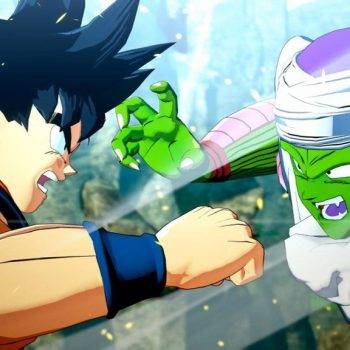 Much more notable than the additions to the story, however, is the fact that Dragon Ball Z: Kakarot tries to make things interesting and more engaging by presenting itself, at least on paper, as a semi-open action-RPG game. While such a prospect sounds exciting and interesting, Kakarot often fails to do more than the bare minimum, rendering some mechanics empty and useless.
Much more notable than the additions to the story, however, is the fact that Dragon Ball Z: Kakarot tries to make things interesting and more engaging by presenting itself, at least on paper, as a semi-open action-RPG game. While such a prospect sounds exciting and interesting, Kakarot often fails to do more than the bare minimum, rendering some mechanics empty and useless.
In combat, Dragon Ball Z: Kakarot functions more like a classic fighting game than an RPG. When the "push" comes, all the stats, buffs and all things related to the fight turn into ridiculously stormy skirmishes of bursts of: punches, deadly rays, shocking explosions, and all the other irreverent moves we would expect from Dragon. Ball.
Combat isn't overly complicated. Dodging, blocking, using regular attacks and super moves work and as if they work. From time to time we will recharge our Aura, or give special commands to companions, or we will heal our character. If we manage to get good in combat, we won't have to consider RPG-like mechanics either.
"Stormy battles made of bursts of punches, deadly rays and shocking explosions"
Among the systems that work best (albeit with due reservations) is that of the Soul Emblems. That is a sort of character sheets that can be assigned from the appropriate community screen, to improve a specific set of bonuses and skills (For more details and to help you find these emblems, we refer to our guide). Here it will be enough for you to know that the Soul Emblems, in essence, are specific cards of the individual characters, obtainable by completing missions, main and secondary and exploring the game world. They can also be upgraded individually through gifts. Depending on which emblems we have placed and especially on which community boards, we could get different buffs and perks.
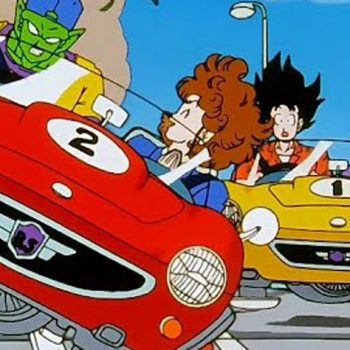 Now forget the above, because community councils are largely useless. For starters, it's a complicated system and the game doesn't do a great job of explaining to the player how to make it work. More importantly, however, the benefits to be gained from this system are most of the time negligible, to the point that we may not interact with the system at all. Even basic leveling and earning more experience points don't end up being relevant. In fact, buying new super attacks and updating existing ones is the only significant form of progression throughout the game, as they have a noticeable impact on combat.
Now forget the above, because community councils are largely useless. For starters, it's a complicated system and the game doesn't do a great job of explaining to the player how to make it work. More importantly, however, the benefits to be gained from this system are most of the time negligible, to the point that we may not interact with the system at all. Even basic leveling and earning more experience points don't end up being relevant. In fact, buying new super attacks and updating existing ones is the only significant form of progression throughout the game, as they have a noticeable impact on combat.
Dragon Ball Z: Kakarot has a lot of systems that look amazing on paper but ultimately are useless. Most of the time they are negligible precisely because they have no defined purpose. It also does not help that the game does not present a tutorial that can be defined as such, alternating detailed explanations on some systems but completely omitting the others, perhaps much more important. For example, the game never mentions that the tree where we buy new super attacks is hidden within individual character menus, and yet it spends a bewildering amount of time explaining community boards and Soul Emblems.
"Dragon Ball Z: Kakarot has a lot of interesting mechanics, at least on paper, but for the most part they are pointless and hinder the fun."
Outside of the fight, the world of Kakarot and the activities that populate it suffer from various problems. The game is divided into explorable maps, populated with missions, sub stories and side activities, but most of our time will be spent flying around and collecting colored orbs, which are scattered abundantly in all environments and are used to upgrade and buy special attacks. This type of activity will get boring very quickly, and although this could at least be compensated for by a real and fun flying system, Kakarot ends up stumbling on that too.
We have to move the character with the left stick and accelerate by pressing the stick, but the normal pace often feels too slow, while clicking the stick multiple times to get a burst of speed feels unnatural (and often a bit confusing). Flight control, in fact, is an undemanding experience most of the time: you go up by pressing RT (or R2) and go down by pressing RB (or R1). The movements, as such, feel too jerky and mechanical.
"At a time in history like this, where there are so many properties getting breathtaking adaptations, it is disappointing to see that Kakarot barely meets the minimum standard."
Outside of the above, the activities offered in the game world are fun but at best they end up becoming too generic, even if never boring. The world itself allows for activities such as: dinosaur hunting, fishing, mineral gathering and more, but none of these offer too much depth (or a reason to engage in them). Meanwhile, there are plenty of side missions as well, and while they often introduce cameos of characters that fans of the series will recognize and appreciate, the quests are boring, mundane, and unimaginative. Even the main questline suffers from a big inconsistency at times, with a lot of stuff presenting itself as filler (even if that feature is inherent to the anime itself), as if it were there to pass the running time and help the game to exceed the coveted threshold of 30 hours.








- - Stormy and explosive combat
- - Some scenes are incredibly animated
- - Great artistic design
- - Historical fans will appreciate it
- - RPG systems are quite negligible
- - Inconsistent narration
- - Frustrating flight controls
- - Different content mostly filling
Did this review make you want to try the new Dragon Ball Z: Kakarot? Click here to buy your copy and become the strongest warriors in the Universe and then don't forget to check out our guides:
Guide to cooking and recipes
5 tricks to get started
Soul Insignia Guide
How to Unlock Goku's Car
Guide to character growth
Guide to the Dragon Balls
King Enma's Questions Guide









